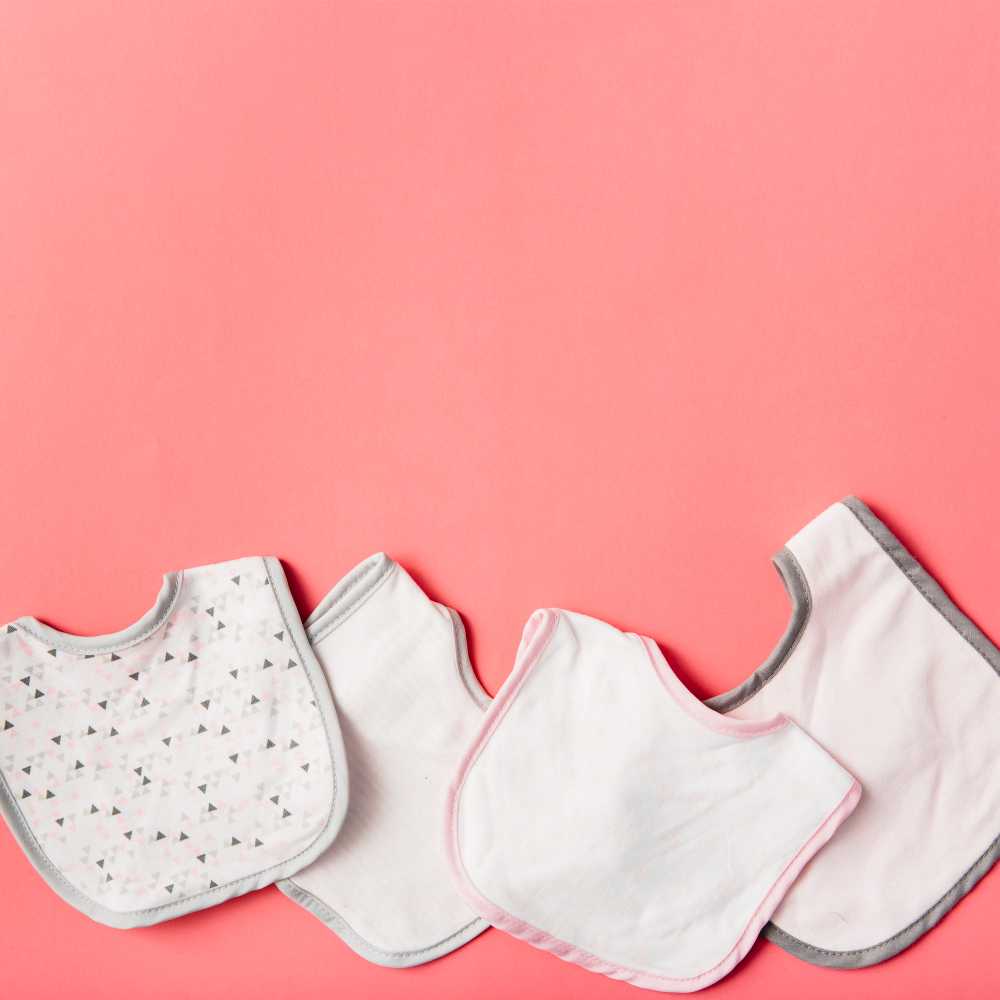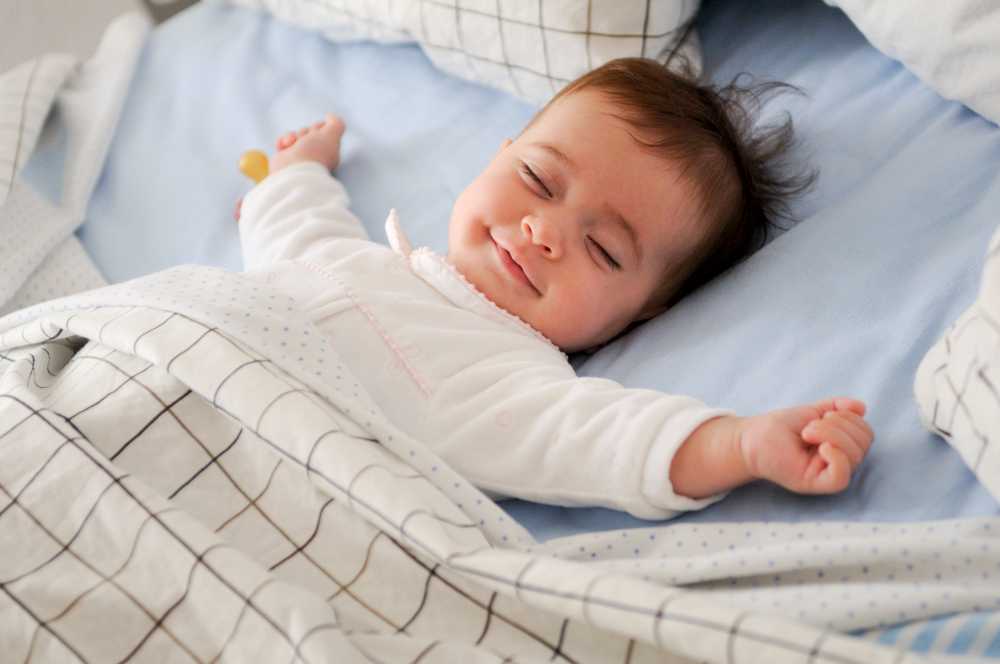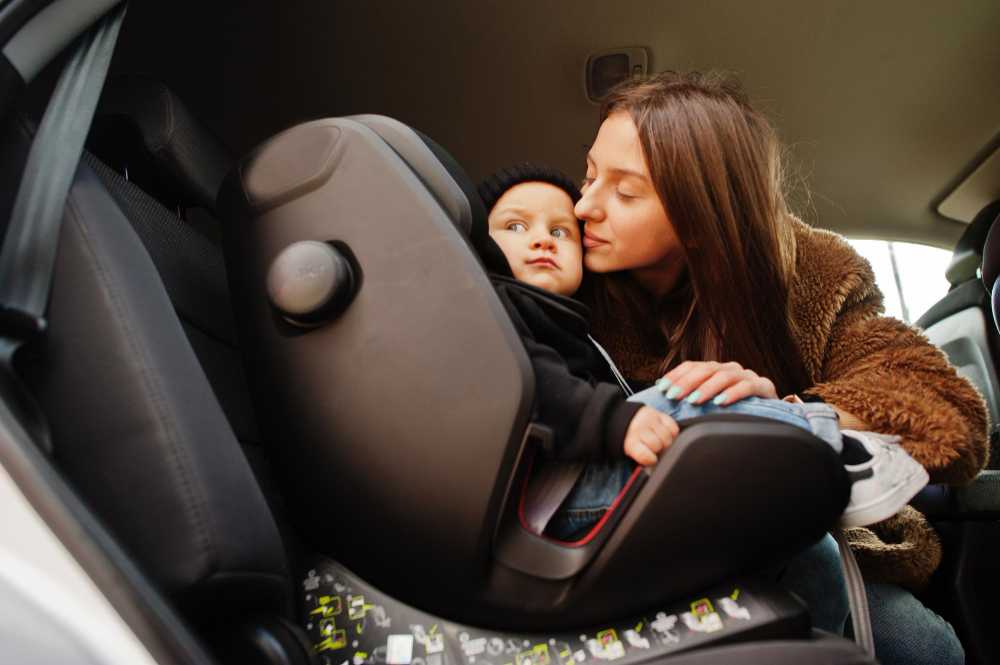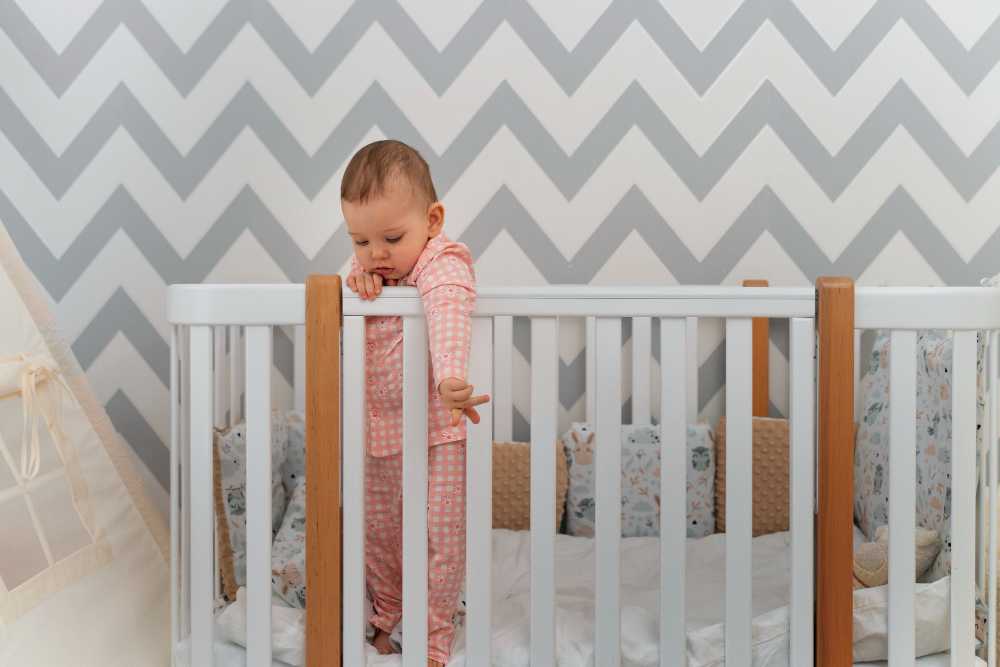What Are Bibs? A Guide to Choosing the Perfect Bib for Your Child
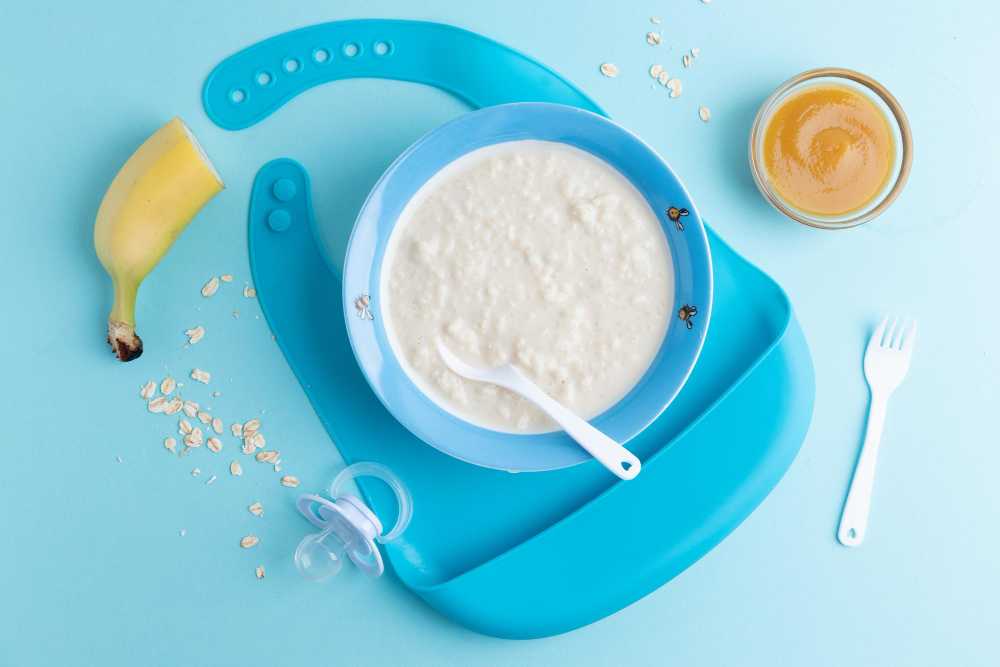
What are bibs? Bibs are versatile accessories that find their place in various aspects of our lives. Bibs are especially vital in our daily lives since they keep our babies clean during meals or other messy activities. Whether a parent with a messy toddler, a foodie who enjoys cooking, or someone who wants to protect their clothes from accidental spills, bibs have a special place in daily life.
In this guide, we’ll delve into the world of bibs, exploring their definition, types, and how to choose the right one for your toddler:
What are Bibs?
Bibs are protective garments or accessories that are typically worn to shield clothing or the body from dirt, spills, or other forms of mess. Bibs are commonly used in various situations to prevent staining or soiling of clothing, particularly during messy activities, and come in different forms designed for specific purposes.
Bibs have a long and fascinating history. While today’s bibs are often associated with babies and toddlers, they have evolved and served various purposes.
The earliest use of bibs can be traced back to the middle ages when both men and women wore aprons with a bib-like front to protect their clothing while working. These aprons typically covered the front of the body and extended from the neck to below the waist.
The modern bibs specifically for toddlers emerged in the early 20th century. These bibs were designed to protect toddlers’ clothing during meals and were usually made from cloth or other easily washable materials.
Common Types of Bibs
Bibs are protective garments or accessories that help keep clothing clean and stain-free during messy activities. They are available in various styles, sizes, and materials to suit different needs and age groups, from babies to adults.
Baby Bibs
As the most recognizable bibs, baby bibs are typically small and made from soft, easy-to-clean materials like cotton or terry cloth. They often feature adjustable closures such as snaps or Velcro to accommodate different neck sizes.
Toddler Bibs
As children grow and become more independent in feeding themselves, toddler bibs become essential. These bibs are often larger than baby bibs and are designed to cover more of the child’s upper body. They may also have pockets to catch food crumbs or spills.
Adult Bibs
These bibs are designed for adults who may have difficulty with mobility or feeding themselves. They are larger and offer more coverage to protect clothing during meals.
Disposable Bibs
These are often used in healthcare settings and for quick, on-the-go solutions. Disposable bibs are made of lightweight materials and can be discarded after use, making them convenient for travel or dining out.
Bandana Bibs
Bandana bibs are a stylish and functional choice for babies and toddlers. Shaped like a bandana, they can be a trendy accessory while keeping the little one’s clothes clean.
Drool Bibs
These small, absorbent bibs are designed for infants who are teething. They prevent drool from soaking into a baby’s clothes and causing discomfort or rashes.
What Are Bibs Used For?
Bibs serve a wide range of purposes, and their utility extends beyond protecting clothing during mealtime. Here are some common uses of bibs:
- Mealtime: The primary function of bibs is to protect clothing from food stains and spills during meals. Babies and toddlers can be messy eaters, and bibs are indispensable for keeping their outfits clean.
- Teething: As babies begin teething, they often drool excessively. Drool bibs keep their clothes dry and prevent skin irritation caused by prolonged moisture.
- Arts and Crafts: Whether you’re an adult engaging in DIY projects or a child getting creative with paints, bibs are a great way to protect your clothing from accidental splatters and stains.
- Disabilities and Special Needs: Adult bibs are commonly used by individuals with disabilities or those who need assistance with eating. These bibs ensure that they can enjoy meals without worrying about soiling their clothing.
- Baby Showers and Gifts: Bibs make thoughtful and practical gifts for expectant parents. They come in a wide variety of colors, patterns, and designs, making them a versatile and customizable gift option.
Choosing the Right Bib for Your Child
To make feeding and mealtimes more convenient and less messy, consider selecting the ideal bib for your toddler. Below are some key things to take into consideration:
Age and Size
First and foremost, you should consider your kid’s age and size when shopping for a bib. Babies and toddlers have different needs, so choose a bib that fits your child’s size. For infants, small and lightweight bibs are suitable, while older toddlers may require larger bibs with more coverage.
Material
Bibs come in various materials, including cotton, terry cloth, silicone, and plastic. Cotton and terry cloth bibs are soft and absorbent, making them comfortable for babies. Silicone and plastic bibs are easy to wipe clean, which can be convenient for toddlers who are self-feeding and making a mess. Look for bibs made from durable materials and well-constructed seams and closures to ensure they last through numerous washes and regular use.
Closure Type
Consider the closure mechanism. Snap buttons, Velcro, and ties are common options for baby and toddler bibs. Snap buttons are secure and durable but can be challenging for babies to remove. Velcro closures are easy to use and adjust but may wear out over time. Tie closures can be secure but may require more effort to put on and take off.
Coverage
Look for bibs that offer adequate coverage. Babies tend to need bibs that cover the upper chest and lap, while toddlers may require bibs with sleeves or pockets to catch food spills.
Ease of Cleaning
Babies and toddlers can be messy eaters. Choose bibs that are easy to clean. Many cloth bibs are machine-washable, while silicone and plastic bibs can be wiped clean. Check the care instructions to ensure you can maintain the bib’s hygiene easily.
Style and Design
Some bibs come in various colors, patterns, and designs. You can choose a bib that suits your child’s style or opt for themed bibs that may make mealtimes more fun and engaging. Also, some bibs come with adjustable neck sizes, which can be handy as your child grows. Thus, look for bibs that can grow with your child to get more use out of them.
Extra Features
Some bibs come with additional features, such as a pocket to catch crumbs or food spills. These can help keep your child and their surroundings cleaner during mealtimes.
Ultimately, choosing the right bib for your child depends on their age, habits, and preferences. Having a variety of bibs on hand is crucial since you can select the most appropriate one for different situations, whether you’re dealing with a messy feeding session or just need a quick drool bib for teething. Pay attention to your child’s comfort and your convenience when making your selection, and you’ll be better prepared for stress-free mealtimes.
Caring for Your Bibs
To ensure your bibs last and remain in good condition, it’s essential to care for them properly:
- Machine Wash: Most cloth bibs are machine-washable. Use a gentle cycle, mild detergent, and cold or warm water. Avoid using bleach or fabric softeners, as they can damage the fabric.
- Stain Removal: If you notice stubborn stains, pre-treat them with a stain remover before washing.
- Air Dry or Low Heat: It’s best to air dry your bibs to prevent shrinkage or damage. If you need to use a dryer, select the lowest heat setting.
- Wipe Clean: For plastic or silicone bibs, simply wipe them clean with a damp cloth or sponge. They dry quickly and are ready for use again.
- Check for Damage: Regularly inspect your bibs for signs of wear and tear, including loose seams or damaged closures. Repair or replace them as needed to ensure continued functionality.
The Bottom Line
Bibs may be humble accessories, but they serve vital roles in our daily lives, from protecting clothing during meals to keeping us clean during various activities. As we’ve explored, bibs have a rich history and come in various types, each tailored to specific needs. When choosing a bib, consider factors like material, closure, size, style, and ease of cleaning to find the perfect one for your baby’s needs. And remember to care for your bibs properly to ensure their longevity.
